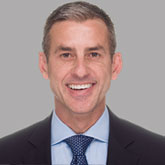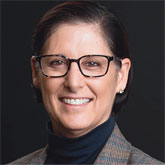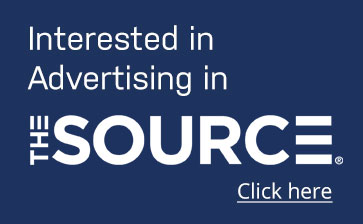Best practices in physician-led value analysis
Increasingly, health systems are discovering that when they engage clinicians around product decisions, improvements to care and cost efficiency take hold. That was the basis of an informative physician panel discussion at the HealthTrust University Conference in August 2019 on best practices in physician-led value analysis.

Here are some of the key ideas presented in the session, as recapped by Christopher Ott, M.D., FACEP, Chief Medical Officer at HCA Healthcare Physician Services Group; and Lynn Simon, M.D., MBA, CHE, Chief Medical Officer and President at Community Health Systems.
What strategies can you offer for engaging physicians in value analysis work?
DR. OTT: In my world of ambulatory physician employment and alignment, much of the value analysis we do pertains to payer models, value contracts and resource utilization/cost of care. The greatest success we have seen is in practices and clinical areas where our patient attribution models, data integrity and assignation of responsibilities are all clear, concise and accurate. Get your data right and make your goals transparent—then physicians will engage.
Being transparent with physicians when it comes to data and goals is critical. Dr. Simon, can you share a success story?

DR. SIMON: In looking at the various devices within our cardiac service line, it seemed to us that drug-eluting stents were potentially a commodity. To validate this, we remotely convened a group of interventional cardiologists from across the organization. They represented hospitals with larger cardiac programs and physicians who were using products from a variety of vendors. By having the physicians review and compare the clinical attributes of the different offerings, they were able to confirm that these products were very similar with regard to their safety, quality and efficacy. They supported the move to a single vendor based on their review. Now, organization-wide, we use a single vendor for bare metal and drug-eluting stents with over 95% compliance; the remaining percentage is for individual patient needs that clinically require a different device.
How can we overcome challenges to getting physicians past their initial resistance to contract compliance?
DR. OTT: Change takes time. Give some grace to those physicians who need a little longer runway to acclimatize to change. And create clinical quality outcome measures that, at a minimum, hold quality outcomes at the current standard, but aim for continuous performance improvement. Finally, develop financial alignment models that are in accordance with Stark Law and the Anti-Kickback Statute.
What are some tips for how to effectively communicate with providers to get their buy-in?
DR. OTT: Physicians see that efficient healthcare systems grow. Growing organizations invest in clinical services and infrastructure improvements, and they extend their geographic reach far better than inefficient, wasteful systems. Having real successes to point to is really helpful in the engagement conversations with physicians. Things like new operating rooms, modern equipment, growth in bed numbers, advanced clinical platform development, and additional budget for marketing and promoting the platforms—all show physicians that we are aligned with them. It goes a long way when we ask physicians to help make us more efficient and provide more cost-effective care.
It is important for physicians to hear the message that savings can ultimately lead to increased services. How have you seen this come to fruition?
DR. SIMON: While working on our cardiology initiatives, the goal of our supply chain team was to collaborate with physicians to determine which products they needed in order to provide the best care for their patients. We needed physician support to either limit vendors and products to drive share and lower price, or enable broader participation at a lower price point. We heard that what really mattered to most of these physicians was access to newer technologies such as MitraClip, Watchman and TAVR. They preferred that the organization invest in these higher- acuity service lines and devices, so that they and their hospitals could expand their services and clinical offerings.
How do you present data to physicians in a meaningful way that inspires action?
DR. OTT: Make sure you are asking of your data the right question before looking for the answer. This will prevent claims of data manipulation or inaccuracy. And there has to be agreement that the source of the data is the right originating source. The reporting and attribution of outcomes then must lead to the appropriate assignment of a responsibility to act. Then the ask for action has to be made to the party most responsible for affecting the outcome. That is often not the physician, but when it is, following the above parameters will get the conversation off to the right start.
How do you motivate physicians to be a part of the decision- making process—and also reward them for it?
DR. SIMON: Thus far in our experience, the participating physicians seem to have more of an intrinsic motivation. They want to know that they have input into decisions that potentially impact patient care and that their opinions are not only valued but actually utilized. After one engagement, we received this feedback from a physician: “It is really refreshing to work with a committee that takes the physicians’ input so seriously. This is been a pleasure for me, and I thank you again!”
How is physician-led value analysis impacting your organization? Email your story to Executive Editor Faye Porter.
Share Email Physician Engagement, Q1 2020





